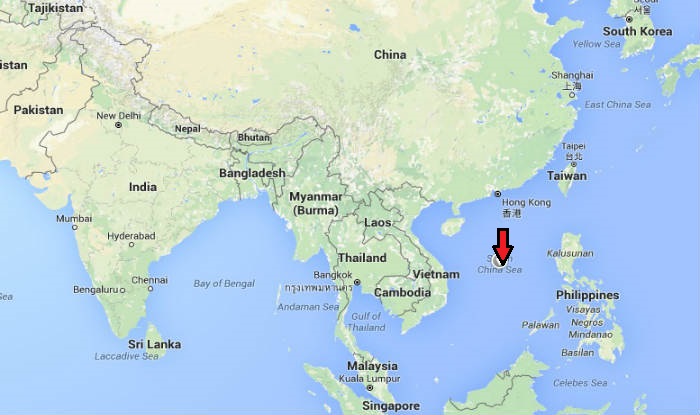
As China tries to take full control of the South China Sea and along with all the resources, India has a strong intention to carry out navigation activities in this volatile region of South-East Asia.
China has a territorial dispute with almost all its South-Eastern neighbours and has laid claims to vast swathes of territories that have created an environment of fear in this region.
To counter China, Philippines Defence Minister Delfin Lorenzana has called on nations to navigate in the South China Sea.
The Minister said, “We do not prevent other countries from passing through or doing things there in the South China Sea. The British do pass through the South China Sea. The French, all other countries. We do not invite them to come,”
China has a territorial dispute with the Philippine and this island nation is very much concerned over China’s vastly superior military prowess. China has been conducting naval exercises in the region and there are reports of its navy violating the territorial waters of other nations.
China has been an exclusive violator of the Exclusive Economic Zone of South-East Asian countries like the Philippines, Malaysia and Vietnam.
All this is related to Xi Jinping’s ambitious Belt and Road Initiative (BRI). By controlling the SCS region, China will also control the economies of all Southeast Asian countries.
In 2014, China rejected international arbitration over the South China Sea disputes violating the inviolable international maritime laws. China decided to ignore and rejected the UN Convention on the Law of the Sea (UNCLOS).
In the last few years, China has made a claim for territories with many countries on the bases of “historic rights”. China accused Philippines of filing a case with the arbitral tribunal, violating an existing agreement to settle the South China Sea dispute through negotiations.
In a time of global crisis due to the Wuhan Virus, the time has come to hold China responsible for its actions. For many years the People’s Republic of China (PRC) conduct towards international law has been the object of several inquiries.
China sees India as its rival in Asia and instead of working together, it wants total hegemony over Asia. Its actions in the Galwan valley and Doklam that led over two months standoff between the armed forces of two nuclear-powered nations created tension at the international level.
With every nation doing its best fighting the COVID-19 pandemic, China has been testing the patience of many countries by its systematic aggression and assertion. After the end of the World War II, no nation other than China has so many disputes running concurrently. China seems to conjure territorial disputes out of thin air.
Just recently it deescalated a dangerous situation in the Himalayas and it has ongoing disputes in the SCS region and now it has laid claim to territories in Bhutan and has demanded area in the eastern part of the country through its historic rights.
India in the South China Sea
The invitation to navigate the SCS by the Philipines will cause heartburn to China to counter China’s aggressive naval exercises. The resent telephonic conversation between Prime Minister Narendra Modi and Philippine President Rodrigo Duterte emphasised on the need to expand strategic partnership with the Philippines in the South China Sea region.
In 2019 navies from India, USA, Philippines and Japan conducted joint sail in the South China Sea region to let China know of there presence. Right now nuclear-powered aircraft carriers – USS Nimitz and USS Ronald Reagan are patrolling in the international waters of South China Sea.
The US which has the worlds largest navy increased its military activity and naval presence in the region in recent years, including freedom of navigation operations (FONOPs).
China sees such actions as a direct challenge to its and accused the US of undermining stability in the area. In an unheard-of claim, China has asserted over 90 per cent of areas in the SCS region and Beijing has disputes with five other nations who also have a legitimate claim.
It is estimated some 11 billion barrels of untapped oil and 190 trillion cubic feet of natural gas can be extracted in SCS. The other claimants include Brunei, Indonesia, Malaysia, the Philippines, Taiwan, and Vietnam. This area is also in other natural resources and fishing.
The strategic advantage of India in the Strait of Malacca
Theoretically, India can also control and choke China in the Strait of Malacca with its navy. The Indian Navy for some time has been strengthening the operational presence and readiness in the Andaman and Nicobar Islands, which are very close to the Strait of Malacca. India is a lot closer to the narrow strait between Indonesia and Malaysia and can run more patrols.
If things escalate with China, India can potentially close off the Strait of Malacca and choke oil shipments to China, the world’s largest oil importer. Which is why China is developing China Pakistan Economic Corridor (CPEC) in Gwadar, Balochistan to Kashgar, China by building railway lines.
India already has a strategic advantage over China in the Strait of Malacca. If India decides to legally explore and navigate the South China Sea, it will embolden other nations to stand up against China who sees only India strong enough to counter China.




